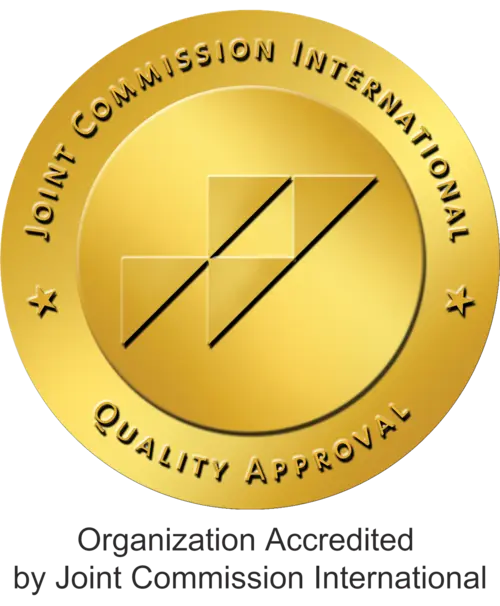What is ADHD?
What is ADHD?
ADHD is defined as a disease in both children and adults known as attention deficit and hyperactivity disorder.
When ADHD is mentioned, the neurodevelopmental and neurobehavioral disorders can be mentioned. ADHD has 3 different symptom groups. These are attention deficit, impulsivity, and hyperactivity. Some patients have symptoms of attention deficit, others have symptoms of hyperactivity, and others are mixed ADHD types with symptoms of both impulsivity and hyperactivity. Diagnosis of impulsivity and hyperactivity may be easier in ADHD than in the diagnosis of attention-deficit. Impulsivity and hyperactivity are symptoms that go hand in hand. While impulsivity and hyperactivity symptoms may decrease with age, attention-deficit may not decrease in contrast.
What are the symptoms of ADHD?
It is known that ADHD has 3 different types of symptoms.
Attention deficit type symptoms of ADHD;
• Having difficulty focusing
• Failure to maintain attention
• Not making eye contact
• Not being able to continue in the same activity for a long time
• Get bored quickly
• Overlooking details
• forgetfulness
• Having difficulty listening to others
• Losing special items
• It is hard to keep simple instructions in mind
• Make frequent mistakes
Hyperactivity type symptoms of ADHD;
• More mobility
• Not standing still
• Moving hands and feet continuously, even while sitting
• Speak quickly
• Saying words incorrectly and not being able to connect sentences
• Having difficulty listening
• To interrupt the other person
Symptoms of impulsivity type of ADHD;
• To request and impose requests immediately.
• Be impatient
• Acting without thinking
• Acting hastily
• Not waiting inline
• Failure to control reactions
ADHD Treatment
If the person with ADHD is a child, the child-adolescent psychiatry unit should be diagnosed by an expert, and if he is an adult, ADHD should be diagnosed by the adult psychiatric specialist. The first step in the treatment of ADHD is psychoeducation. Raising awareness of the family about this disease, giving information about what treatment to follow, and what problems will be encountered in cases where there is no treatment. In ADHD treatment, the age of the patient is important if the person receiving the treatment is a child and adolescent, the family's participation in the treatment will contribute positively to the treatment and increase the speed of recovery. At the same time, individuals in the social environment outside the family are expected to contribute to the treatment. Treatment of ADHD is done by using medication and therapy methods according to the patient's criteria. In drug treatment, the dose of the drug should be adjusted by a specialist. Therapies are psychotherapy and psychosocial therapy. ADHD can also be treated with concomitant use of drug therapy and psychotherapy.




